We are pleased to offer your child the opportunity to purchase the CGP GCSE Combined Science AQA Revision Guide, an excellent resource to support their studies.
We highly recommend this revision guide as a valuable tool to support your child’s preparation for their GCSE Combined Science examinations.
Pricing:
By purchasing these through school you will be able to buy at a discounted price.
Foundation or Higher Level Revision Guides: £6.75 (RRP £11.99)
Exam Practice Workbook – Higher or Foundation (includes answers): £7.50 (RRP £11.99)
To buy these please use the XP Trust Shop. We would recommend buying the Higher editions as they contain all of the information for both foundation and higher entry. We can direct students at a later date to content that is relevant to their GCSE entry in year 11. Please select the ‘pick up’ option at checkout.
In the first instance could you please order before the 20th of February, so we can place the order. If you miss the deadline we will be organising a second order later in the next half term..
https://shop.xptrust.org/collections/xp-gateshead-revision-guides
Many thanks.
The Science Crew.
